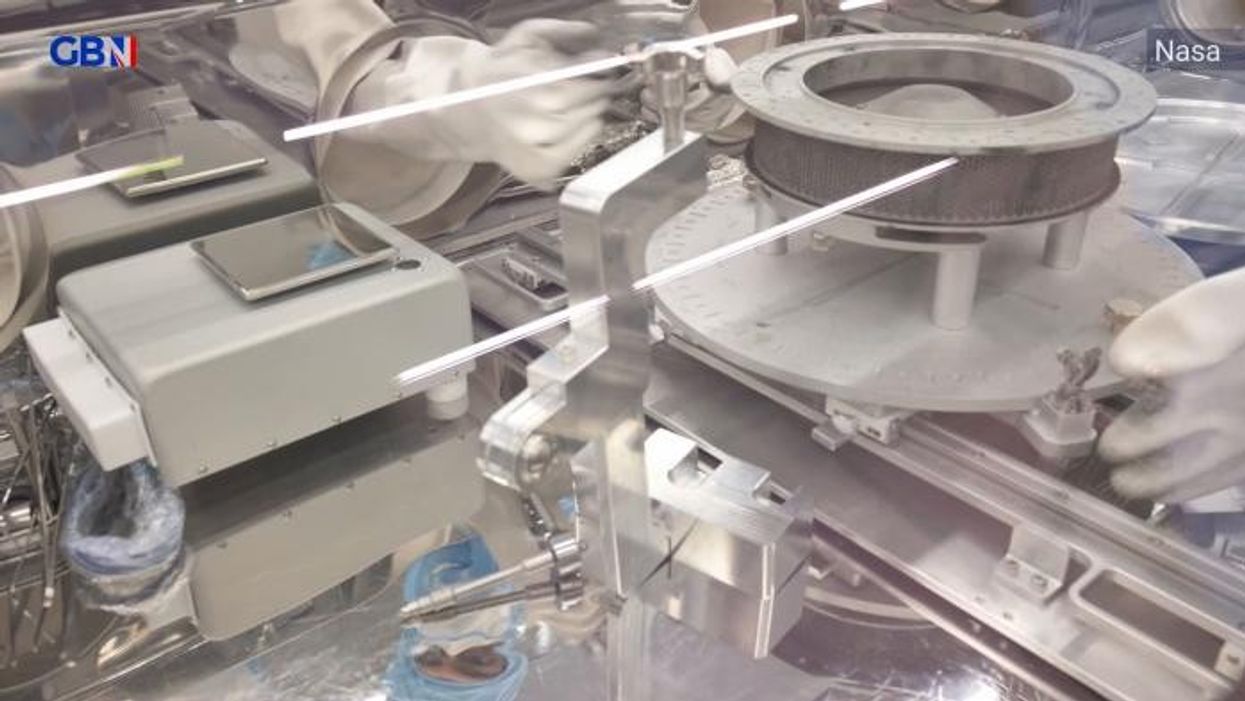Nasa opens container holding mysterious 'doomsday asteroid' sample

Scientists have been unable to open the canister containing the asteroid dust for months
Don't Miss
Most Read
Latest
Nasa has finally opened a capsule holding a potentially hazardous “doomsday asteroid” sample after months of trying.
Last September, a sample was collected by Nasa’s OISIRIS-REx spacecraft of the mysterious asteroid named Bennu.
However, faulty fasteners on the Touch-and-Go Sample Acquisition Mechanism (TAGSAM) container stopped scientists from being able to access it for almost five months.
After countless attempts, Nasa personnel have finally opened the canister containing material from the "potentially hazardous" asteroid Bennu.
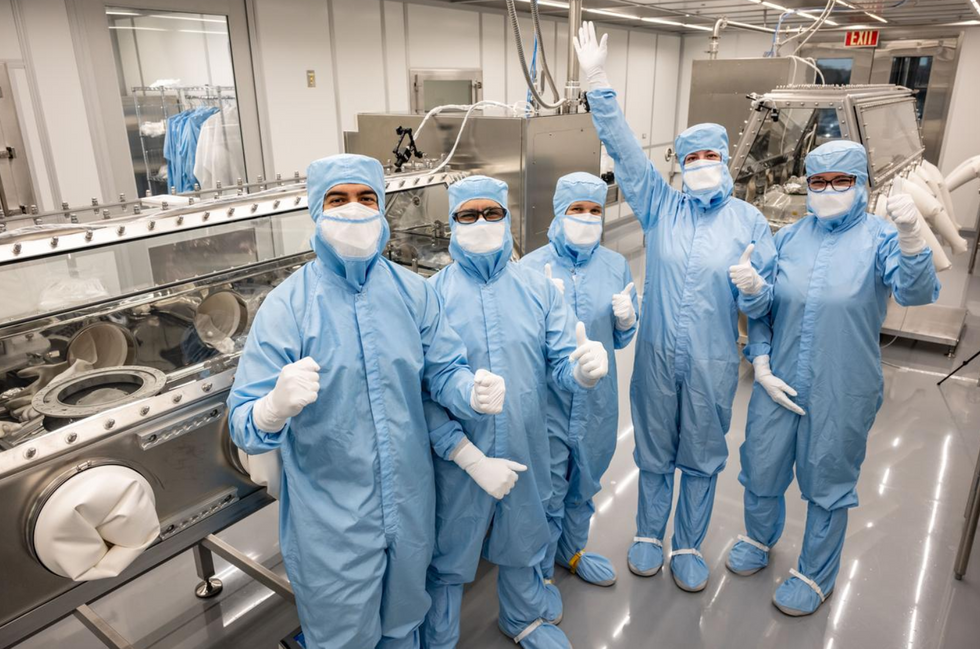
The team of scientists celebrate their success
|Nasa
To open the troublesome canister, scientists spent months developing new tools to remove the two fasteners that would not budge.
The tools had to undergo rigorous testing before being put to use.
The sample – approximately 250 grams of space rubble and dust – was collected during a billion-mile journey.
It was the first asteroid sample mission in American history to successfully return, landing in Utah in September 2023.
SPACE LATEST:
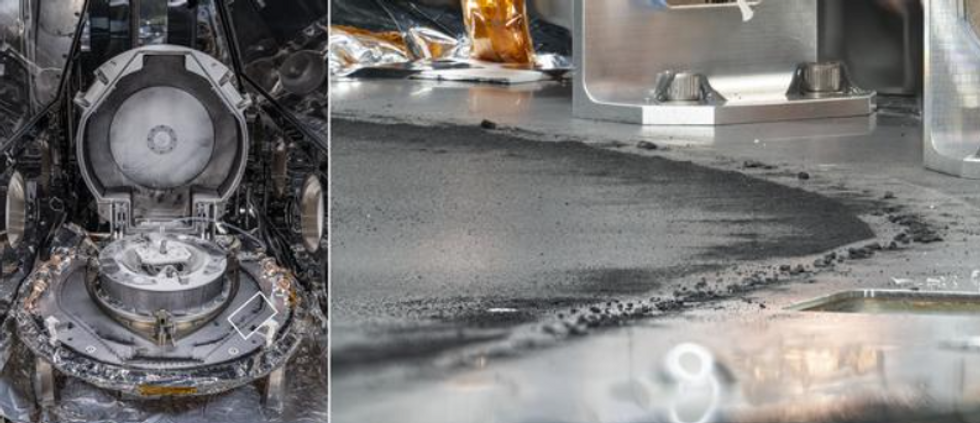
The sample was collected during a billion-mile journey
|Nasa
It was then brought to a Nasa facility in Houston, Texas.
Nasa had been able to access 70 grams of the asteroid dust upon the container’s arrival, as the outer capsule opened without fuss.
This amount was 10 grams more than the mission’s original goal, however, the majority of the asteroid sample was locked inside due to the two faulty fasteners that would not open.
“Our engineers and scientists have worked tirelessly behind the scenes for months to not only process the more than 70 grams of material we were able to access previously, but also design, develop, and test new tools that allowed us to move past this hurdle,” Eileen Stansbery, division chief for Astromaterials Research and Exploration Science at NASA said.
“The innovation and dedication of this team has been remarkable.
“We are all excited to see the remaining treasure OSIRIS-REx holds.”
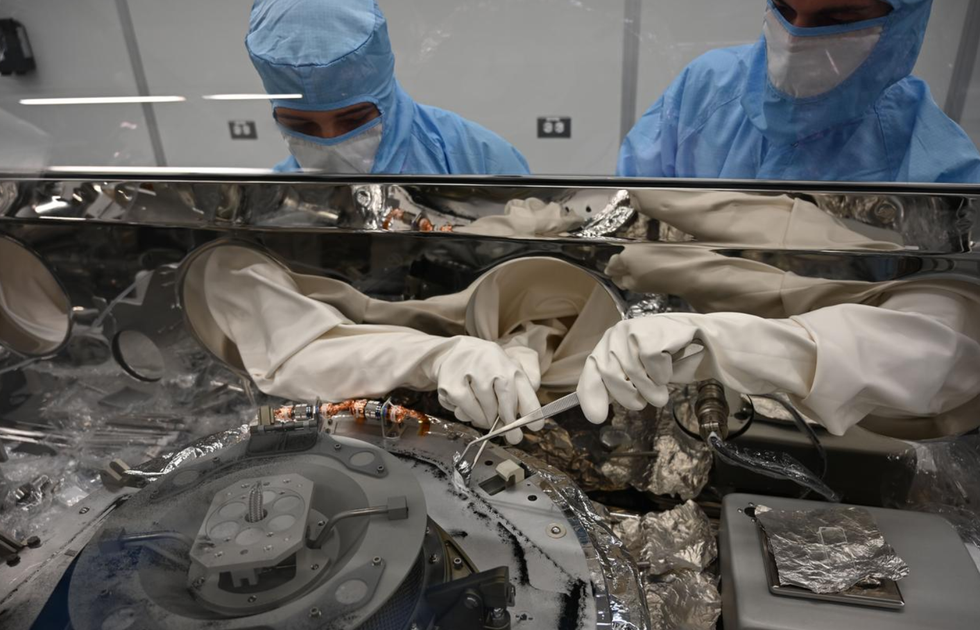
Nasa had been able to access 70 grams of the asteroid dust upon the container’s arrival
|Nasa
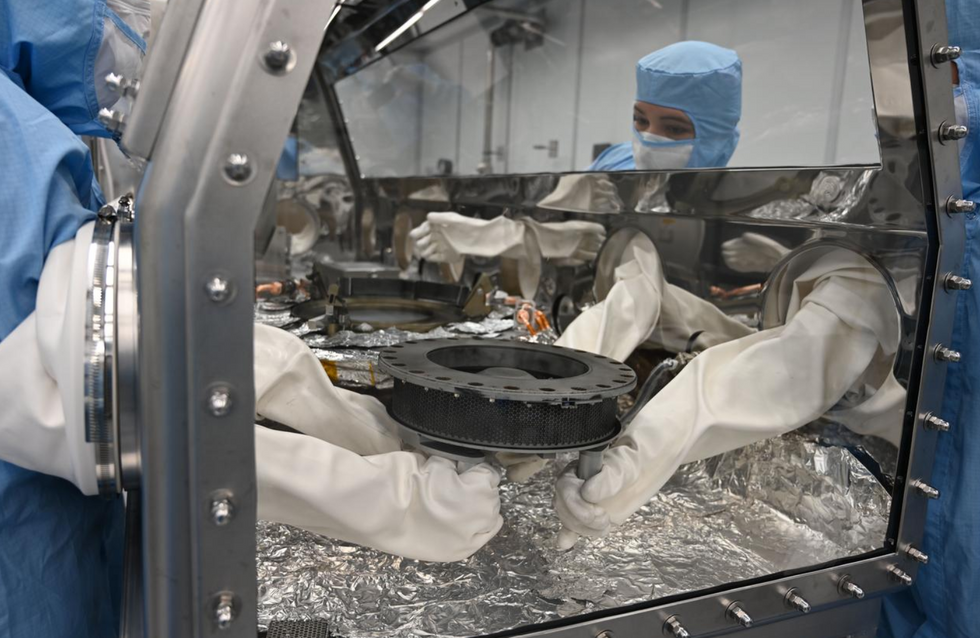
The majority of the asteroid sample was locked inside due to the two faulty fasteners that would not open
|Nasa
Once the TAGSAM is successfully dissembled, more information can be gathered from the sample.
Scientists believe the asteroid is likely to crash into Earth in the next 300 years, though do not believe we will feel any of the impact.
Nasa chose the Bennu asteroid as it was similar to carbon-rich asteroids that were present in the early days of our solar system.
“Finally having the TAGSAM head open and full access to the returned Bennu samples is a monumental achievement that reflects the unwavering dedication and ingenuity of our team,” said astronomer Dante Lauretta of the University of Arizona Lunar and Planetary Laboratory.
“This success reaffirms the significance of OSIRIS-REx and our commitment to advancing our understanding of the cosmos. We eagerly anticipate the next chapter as we share these precious samples with the global scientific community and continue our journey of discovery.”


